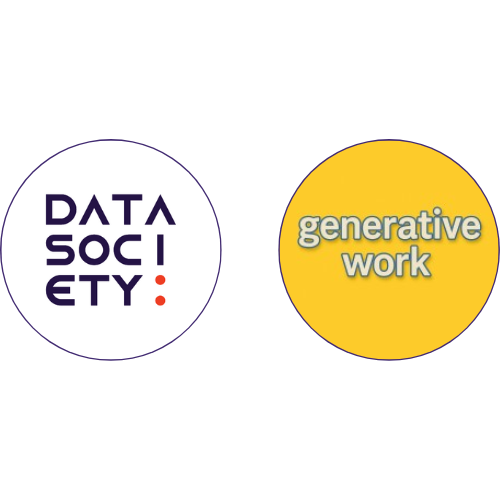The quarterly review was going smoothly, until it wasn’t.
Charts filled the room. Forecasts rolled across the screen. Every dataset was clean, labeled, and precise.
But when the conversation turned to what comes next, the energy faded.
No one could answer the simplest, most important question: “So… what do we do with this?”
It’s a familiar moment for any data-driven leader. The team can analyze, visualize, and report, but they can’t apply. The insights are sound, but they don’t move the room.
This is the point where data literacy meets its ceiling, and where applied machine learning begins to change everything.
The Invisible Gap Between Knowing and Doing
Across industries, leaders describe the same frustration: “We have so much data, but we’re not using it intelligently.”
They’re right. Most organizations have mastered reporting. Few have mastered prediction.
They can see trends, but not anticipate them.
They can describe behavior, but not segment it into action.
They can flag risks, but not prevent them.
That gap, the space between knowing and doing, is what Applied Machine Learning to Sort, Predict, and Segment Data was built to close.
Because the difference between analysis and advantage isn’t the algorithm, it’s application.
The Shift: From Reporting the Past to Predicting the Future

This learning path teaches professionals to turn data into direction.
To stop asking “what happened?” and start asking “what happens next?”
Learners build three foundational capabilities that power modern decision-making:
– Sorting: finding structure in chaos, identifying what truly matters.
– Predicting: using supervised models to forecast outcomes before they occur.
– Segmenting: dividing customers, products, or processes into meaningful groups for precise action.
These are not abstract concepts, they’re the building blocks of every intelligent system behind leading organizations today.
And every exercise in this path is grounded in the real world: cleaning messy data, interpreting results, and applying models that immediately connect to business goals.
READ MORE: The Story Gap: Why Data Alone Doesn’t Drive Decisions
What “Applied” Actually Looks Like
Imagine a retail team identifying which customer segments are most likely to churn, and intervening before they leave.
A logistics network predicting maintenance needs days before equipment fails.
A public health agency allocating resources based on forecasted risk instead of last month’s reports.
That’s what this learning path trains teams to do.
Each session pairs technical instruction with human context. Participants don’t just build models, they learn how to trust them, explain them, and use them responsibly.
Because a model that isn’t understood is just another black box.
The Capability Multiplier
This path builds what your workforce needs most: adaptive capability.
It takes data curiosity and transforms it into confidence, helping teams use machine learning without fear, jargon, or dependence on external experts.
It’s the missing bridge between analytics and execution.
Machine learning stops being a special project and starts becoming a shared organizational language.
Together, those two perspectives, learning and data, turn machine learning from an initiative into a capability.
Why It Works
Because it’s not theory. It’s practice.
Every module is instructor-led, immersive, and application-first. Participants build supervised and unsupervised models, interpret results, and align outputs with business priorities.
The curriculum draws directly from the foundations built in Data Science Foundations and complements Visualizing and Communicating Data for Persuasive Decision-Making, ensuring learners can not only build insights but tell their story.
When those skills combine, something powerful happens: Data stops being a report, and becomes a reason to act.
The Moment It Clicks
In every cohort, there’s a turning point.
It’s when someone runs their first successful model and sees a clear pattern emerge: “Oh. That’s why these customers behave that way.”Or: “If we act here, we could prevent that outcome entirely.”
That moment changes how teams think.
Machine learning stops feeling like the future, it becomes the framework for now.
And that’s when capability starts compounding.
From Reactive to Predictive
Every organization eventually faces a decision that can’t wait for another dashboard cycle.
The ones that thrive are those that already know how to look ahead.
That’s what Applied Machine Learning to Sort, Predict, and Segment Data delivers: a workforce fluent in prediction, segmentation, and strategic foresight.
Because the future isn’t built by the teams who watch the data.
It’s built by the ones who apply it.
Explore the path → Applied Machine Learning to Sort, Predict, and Segment Data
Applied Machine Learning FAQ: Turning Data Into Action
Because machine learning (ML) moves you from “what happened” to “what will happen” (predicting) and “how do I act” (segmenting/targeting). That shift from reactive to proactive is where real advantage lies.

